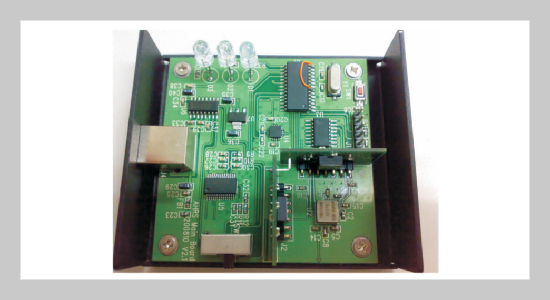Jaw-Kuen Shiau This email address is being protected from spambots. You need JavaScript enabled to view it.1, Chen-Xuan Huang1 and Ming-Yu Chang1 1Department of Aerospace Engineering, Tamkang University, Tamsui, Taiwan 251, R.O.C.
Received:
February 15, 2012
Accepted:
May 10, 2012
Publication Date:
September 1, 2012
Download Citation:
||https://doi.org/10.6180/jase.2012.15.3.04
Gyroscope is one of the primary sensors for air vehicle navigation and controls. This paper investigates the noise characteristics of microelectromechanical systems (MEMS) gyroscope null drift and temperature compensation. This study mainly focuses on temperature as a long-term error source. An in-house-designed inertial measurement unit (IMU) is used to perform temperature effect testing in the study. The IMU is placed into a temperature control chamber. The chamber temperature is controlled to increase from 25 °C to 80 °C at approximately 0.8 degrees per minute. After that, the temperature is decreased to -40 °C and then returns to 25 °C. The null voltage measurements clearly demonstrate the rapidly changing short-term random drift and slowly changing long-term drift due to temperature variations. The characteristics of the short-term random drifts are analyzed and represented in probability density functions. A temperature calibration mechanism is established by using an artificial neural network to compensate the long-term drift. With the temperature calibration, the attitude computation problem due to gyro drifts can be improved significantly.ABSTRACT
Keywords:
MEMS Gyroscope, Null Drift, Inertial Measurement Unit, Temperature Compensation
REFERENCES
















